Question: Is baptism necessary for communion? I was in a church recently where the pastor emphasized that every person present was welcome to receive communion, whether they were baptized or not. Most churches I have attended have invited only the baptized. Who’s right?
Frank Answers: Many mainline liberal Protestant Churches today are practicing “radical hospitality” at the Lord’s Supper. They argue that you can’t invite people to a meal and then not share the food and drink with them. They seemingly have a point. But our liturgy is divided between the liturgy of the catechumens (the word portion of the service) and the liturgy of the faithful (the meal portion of the service). In the ancient church the unbaptized were dismissed after the liturgy of the Word. In the Eastern Orthodox liturgy, the deacon still proclaims, “Let all catechumens depart.”
I need to point out that never in the history of the Church has the sacrament of Holy Communion or Eucharist been made available to everybody and anybody. We see exclusion in the earliest reflections about Holy Communion or the Lord’s Supper in the New Testament. In St. Paul’s First Letter to the Corinthians, chapter 5, the apostle deals with the case of a member of the congregation who is sleeping with his father’s wife and no discipline has been applied by the congregation. Since the congregation has not acted Paul pronounces judgment. In a previous letter (now lost) Paul had told the congregation not to associate with such an immoral person. Now he adds, “Do not even eat with such a one.” Since the Lord’s Supper is celebrated in the context of an actual community banquet, this is in fact excommunication.
Sharing the bread-body of Christ and the cup-blood of Christ unifies the many members of the one body. There is a connection between the sacramental body and the ecclesial body. We who drink from the same cup and eat of the one loaf are one body in Christ (see 1 Corinthians 10:16-17). The issue in 1 Corinthians 11 is that worldly social divisions are being maintained at the Lord’s Supper. So, what ought to be the sacrament of unity has become the source of disunity. The congregation is not discerning the body. “Body” here clearly refers to the interconnection between the Eucharist and the Church. Failure of discernment brings judgment on the church. “For this reason, many of you are weak and ill, and some have died” (11:30). There is an area of taboo surrounding the Lord’s Supper precisely because of the presence of Christ whose coming in the sacrament as well as on the last day brings judgment. It is not unlike the zone of holiness that surrounded Mt. Sinai when Yahweh was present (Exodus 19). This situation of sacramental malpractice is the context in which Paul recites the institution narrative (11:23-25).
The restriction of Eucharistic fellowship to the baptized is ancient. The oldest Christian catechism at the end of the first century says, “You must not let anyone eat or drink of your Eucharist except those who are baptized in the Lord’s Name” (Didache 9:5). Justin Martyr reports to the Roman Senate ca, 150 AD that no one is allowed to partake of “the food we call Eucharist” except one who “believes that the things we teach are true, and has been washed with the washing that is for the forgiveness of sins and rebirth, and is living as Christ enjoined” (First Apology 66). The Apostolic Tradition previously attributed to Hippolytus of Rome (ca. early third century) not only excludes the unbaptized (catechumens) from the Eucharist; they are also excluded from the offering and the kiss of peace (“their kiss is not yet pure”). In the liturgies that developed after the fourth century the catechumens were dismissed after the liturgy of the Word (which came to be called “the liturgy of the catechumens”).
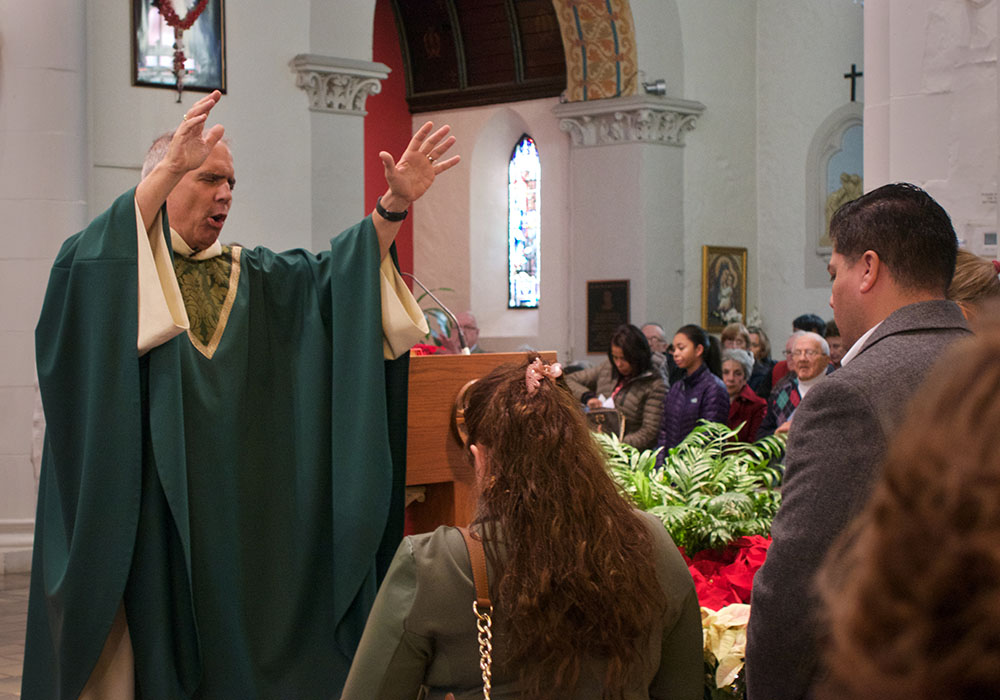
The kiss of peace and offertory marked the transition to “the liturgy of the faithful.” The communion table continued to be fenced off, especially in the Eastern liturgies, with the invitation/admonition “Holy things for the holy people.” One becomes holy—a person dedicated to God—in Holy Baptism. In the ritual process of Christian initiation, Baptism leads to the Eucharistic Meal. Holy Communion is actually the goal of Christian initiation. One is not fully a member of the church until one receives first communion. Of course, the Eastern Churches have continued to practice the communion of all the baptized from the time of their baptism, including the baptism of infants. (See the image above this post of an infant receiving communion in an Orthodox Church.) For various reasons the practice of infant communion fell out of use in the Western Church. Confirmation and confession became gateways to first communion. (See the image following this post of a child in a line for communion receiving a blessing rather than the sacrament.) I wonder how many churches that open communion to everyone, including the unbaptized, commune their baptized infants.
Churches still express fellowship with one another on the basis of whether they can share Holy Communion together. As we see already in 1 Corinthians, you cannot receive the sacramental body of Christ without at the same time recognizing the ecclesial body of Christ. In the modern ecumenical movement, Churches have painstakingly worked out entering into full communion with one another through extensive dialogue. Now there are pastors who set aside the sacramental economy of rebirth by water and the Holy Spirit into the body of Christ followed by nurture in the new life in Christ in Holy Communion in order to practice what they believe to be the radical inclusiveness of the hospitality of Jesus. They point to the feedings of the five and four thousands (plus women and children) on the hillsides of Galilee. They point to the accusation of the Pharisees that Jesus ate with tax collectors and sinners. But while in the gospel narratives the evangelists evoked Eucharistic imagery in the feeding stories (especially in John 6), Holy Communion is not based on the feeding stories but on the last supper of Jesus with his disciples in the closed quarters of the upper room. This is where the Lord’s Supper was instituted.
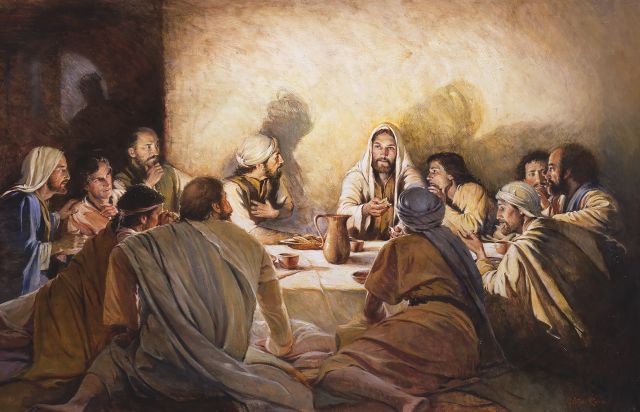
Jesus hosted this Passover Seder, so his hospitality is involved. But hospitality was not the point of that Passover Seder. In fact, hospitality is seldom the goal of any meal. Perhaps it is required in a desert oasis, as when Abraham provided food and drink for the three strangers at the oaks of Mamre. But the point of the feeding of the multitudes was not to provide hospitality; it was to satisfy hunger—and in the process Jesus is portrayed as the messianic shepherd-king who provides for the needs of his people. When our churches provide soup kitchens, our concern is also to feed the hungry. Hospitality is the art of making people feel at home. But the point of making people feel at home is to build a relationship with them. When you invite your future in-laws to a get-acquainted dinner, you practice hospitality in the hope that this intimate meal will initiate a new family relationship. It is a private dinner. Outsiders are not wanted. We have a number of meals in our lives that have this character.
The point of excluding the unbaptized is the radical intimacy of Jesus and his disciples in Holy Communion. This is seen in the post-resurrection meals of Jesus and his disciples which served as the means by which Jesus forgave them for abandoning him at the cross. He reconciled with his wayward disciples by hosting a breakfast on the lakeshore in John 21, and then told Peter, who had denied him three times, “feed his sheep”—also three times. Celebration of the Eucharist has required the confession of sins since at least as early as the Didache 14: “First confess your sins that your sacrifice may be pure.” Holy Communion continues to be about forgiveness of sins and reconciliation, not only with one another in the church, but between the church and its Lord. This intimate meal between Christ and his church is eaten by us in repentance and faith.
I think it makes a difference if a community of faith believes that the true body and blood of Christ are really present in the bread and wine. Those who do believe in this “sacramental union” of bread/body, wine/blood also believe that we consume the very body and blood of Christ in our bodies. You can’t get more intimate than that! We become what we eat. “We become Christ,” said St. Augustine. We become “little Christs to our neighbor,” said Martin Luther. But we also share the body and blood of Christ with fellow communicants. We are one bread, one body. This is why Holy Communion is the goal of Christian initiation, not the starting point. If someone begins to receive Holy Communion regularly in a congregation, the pastor should ask if they are baptized, and, if they are not, invite them to catechesis and the font.
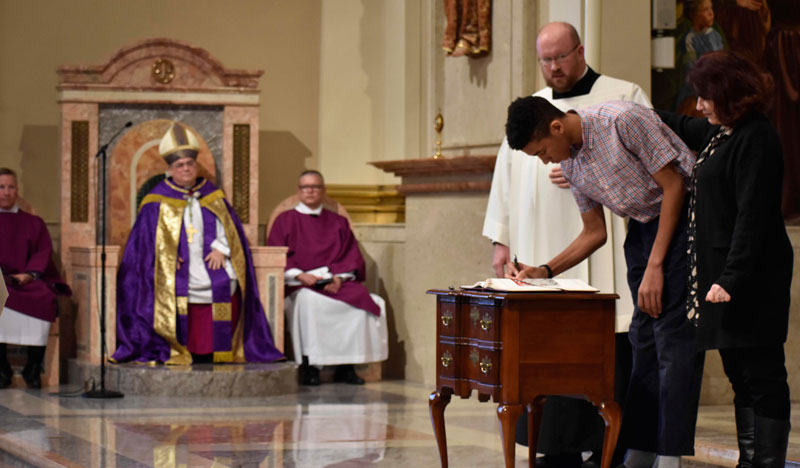
I would like to think that with the weight of doctrine and tradition associated with Holy Communion, non-Christians (the unbaptized) would not want to receive the sacramental bread and wine. They will pick up cues regarding this teaching just from hearing the words used in the liturgy. They will hear “body” and “blood” and being “made members of the mystical body of your Son” and conclude that what is going on in Holy Communion is something more than just sharing a little bread and wine. And if unbaptized persons do partake of Holy Communion, they should be invited to be baptized. That’s where the Church is all-inclusive. “As many of you as were baptized into Christ have clothed yourselves with Christ. There is no longer Jew or Greek, there is no longer slave or free, there is no longer male and female; for all of you are one in Christ Jesus” (Galatians 3:27-28).
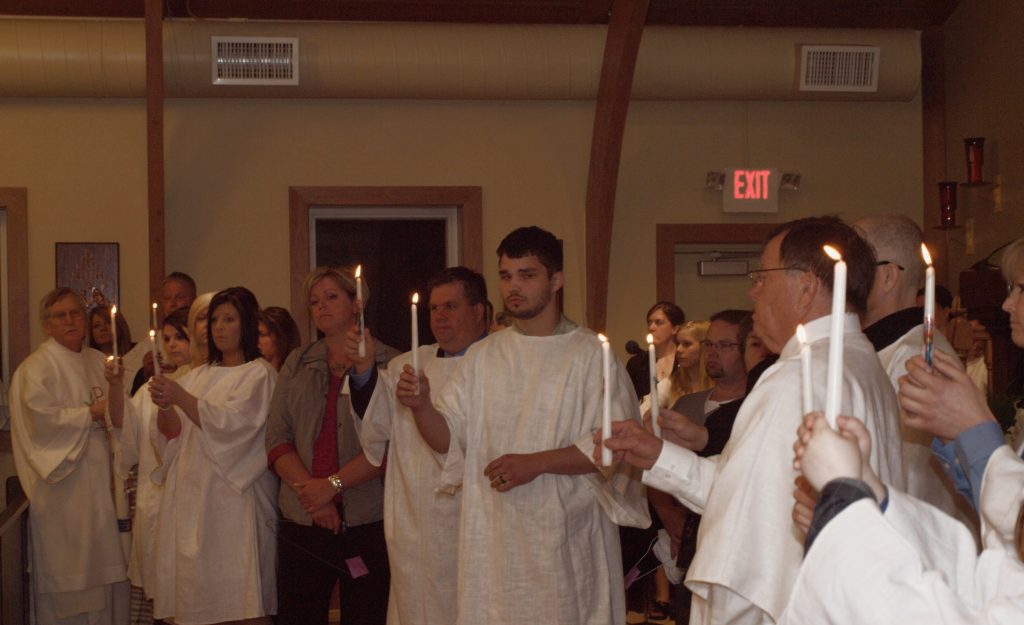
During the summer weeks in many Churches around the world when we are reading from Year B of the three-year lectionary, we hear Jesus’s “bread of life” discourse in John 6. The discourse ends with words about “eating the flesh of the Son of Man and drinking his blood.” People who heard Jesus’s words concluded that “this is a hard message.” “Many of his disciples turned back and no longer went about with him” (6:66). These were people who had been fed with the multiplied bread and fishes on the mountainside. But they could not go to the distance to the Eucharist. Only the Twelve remained. Do we think by softening the message we can reverse this situation? To what extent are we throwing the Lord’s Table wide open because we are panicked about decreasing church membership?
I think this practice of radical hospitality is a major mistake. Unfortunately, if pastors open the fence to the table and then have second thoughts about this practice, it will be very difficult to shut the gates again because people will have come to think that this inclusiveness is a great thing. They have probably not have heard why it is not. And if another pastor is considering a call into a congregation in which the previous pastor has instituted the “open table,” the candidate will have to lay out reasons why he or she cannot in conscience accept that practice. This witness may result in not being called, but it may also cause the congregation to reconsider a practice that they regarded as a great act of hospitality. Everybody can be invited to the coffee hour, but not to the Lord’s Table. One must be initiated into the table fellowship. The gate to the baptismal font is wide open. This is where inclusivity is practiced. And the gate to the table should not be closed to the baptized except for reason of excommunication. Our baptized children certainly should not be excommunicated on grounds of age.
Pastor Frank Senn
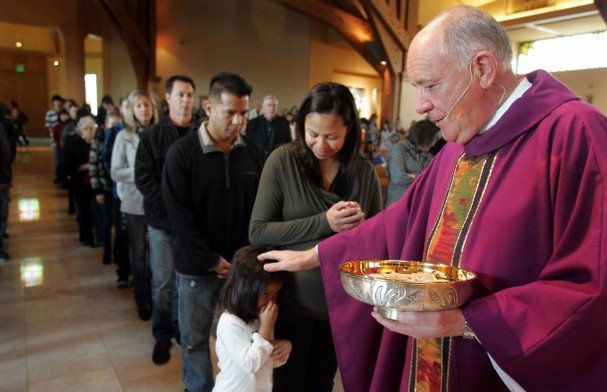

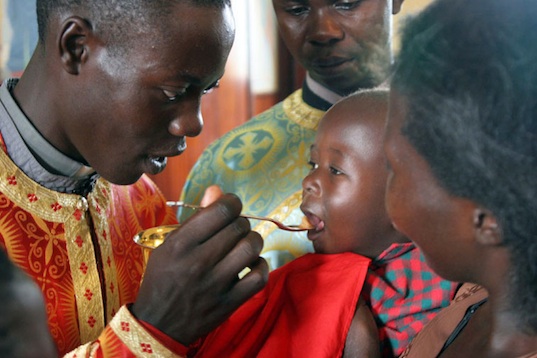
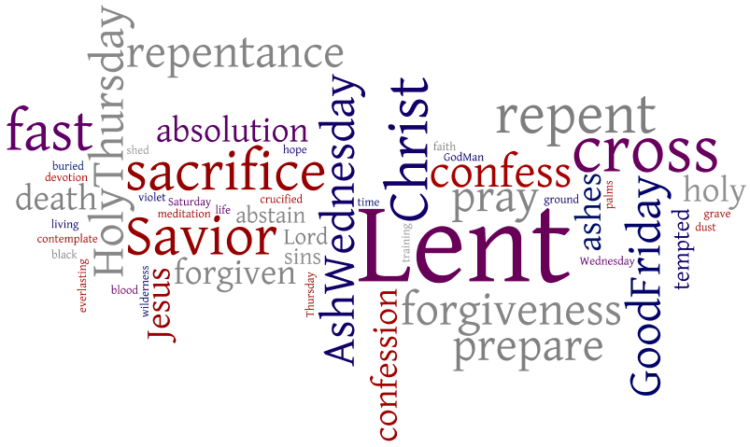

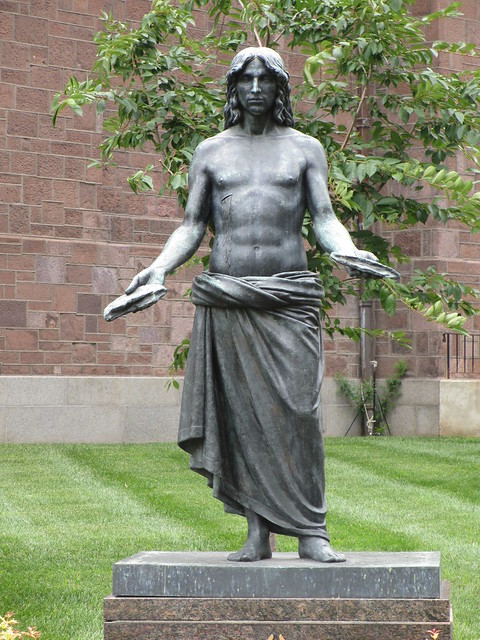

Wonderful. Thank you.